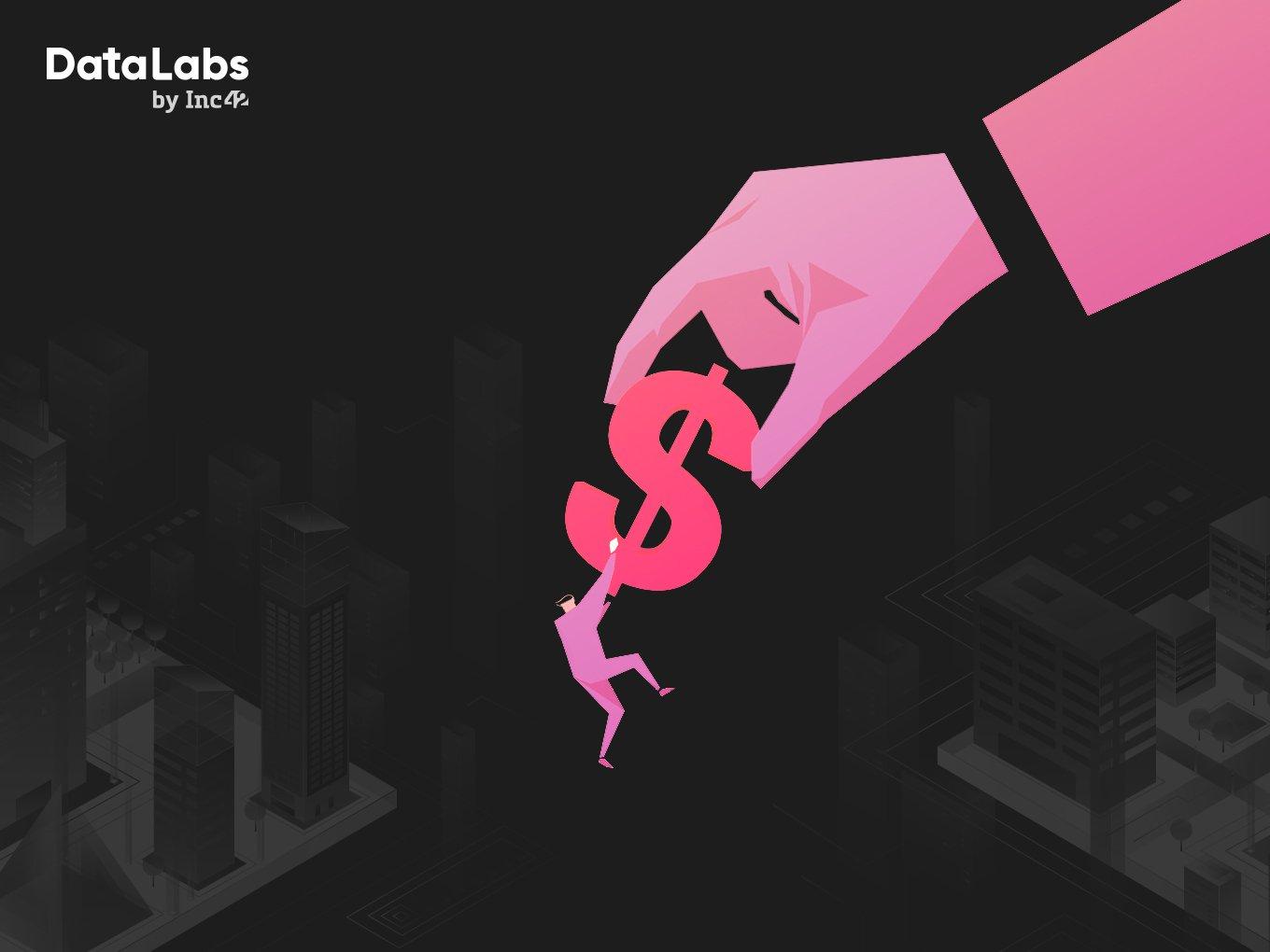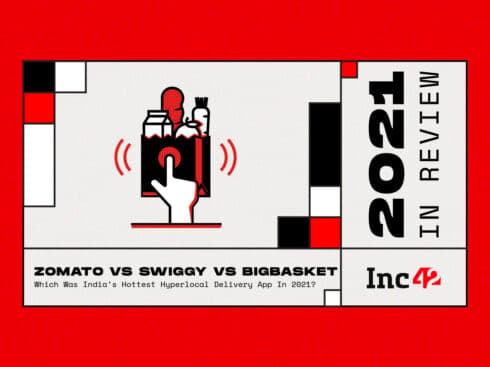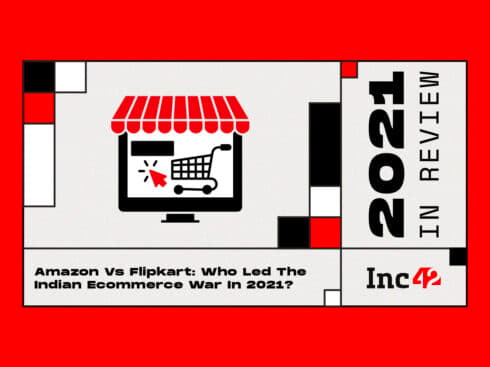Niche market segments are attracting higher investor confidence in FMCG 2.0 startups
Digital media ad spending is increasing at 37% annually with startups capitalising on this growth to boost brand visibility
Established FMCG companies rule the market thanks to distribution reach and supply chain
The Indian FMCG sector is not recession-free but recession-resistant
When the head of one of India’s largest fast-moving consumer goods companies, the Hindustan Unilever Limited (HUL) says that, it might be construed as hype creation. But the reality is that in the context of the Indian economy, the success of FMCG is directly linked to public wealth creation and livelihoods.
The advent of an organised FMCG in India dates back to the colonial era. Import of durable products such as Sunlight Soap Bar by Lever Brothers — an erstwhile British FMCG company that later merged with Margarine Unie to become Unilever — dates back to the 19th century. Despite this legacy, the mainstream success of such products was only achieved after the dawn of television and globalisation in the Indian subcontinent.
The prevalence of television followed by the surge in television advertising paved the way for one of the most crucial factors in a product’s go-to-market strategy: brand visibility. The fact some of the most memorable Indian TV commercials were from this era is a testament to how much of impact TV ads had on the public imagination.
Between 1992 and 1996, the number of television connections surged 12x as the Indian television industry started creating diverse content inspired by their western counterparts, soon after the economic liberalisation measures put in place after 1991.
Today, a similar transition in the viewing and consumption behaviour of the mass media audience can be observed. And we say “observed” because there is real data to see how the audience has shifted from traditional i.e. print and broadcast media to internet-based content platforms.
The internet subscribers base in India has crossed 600 Mn after rocket growth in the past 3-4 years. As a consequence, advertising revenue from digital media is also growing rapidly at a CAGR of 37%. And relative to this growth, traditional media such as TV (13%), radio (11%) and print (6%) are caught in something of a slowdown.
The growing interest of advertisers towards digital media is an important indicator to ascertain the changing consumption behaviour among the Indian public. The prevalence of digital advertising has increased the significance of brand visibility. As marketing reach grows and becomes affordable thanks to the proliferation of internet and devices, it’s a huge advantage for FMCG startups in India — what we are calling India’s FMCG 2.0 moment.
Startups Leading The FMCG 2.0 Wave
Between 2014 and H1 2019, more than $433 Mn was added as an investment in Indian FMCG startups — the median ticket size is close to a million dollars at $989K. Considering that’s well over 400 funding rounds were funded in that period, investor confidence seems high and the capital inflow is growing at a rate of 47%.
But there’s one caveat: big-ticket investments have been limited to startups that are already well-funded. The top five highest-funded FMCG startups include Bira 91, Drum Foods, Hector Beverages (in talks to be acquired by Tata Global Beverages), Chai Point and RAW Pressery and together they accounted for more than 50% of the total funding of $433 Mn.
Within the FMCG sector, India is home to prominent investors such as Sequoia Capital, Matrix Partners and DSG Consumer Partners. While the funded startups included dairy startups, popular beverages and breweries, a common trait among the portfolio of prominent investors are startups targeting niche segments such as women’s hygiene, ready-to-consume caffeine-based or fruit-based products are attracting relatively higher investor attention.
Looking at the polynomial growth trend evident in the capital inflow, along with a 68% compared annual growth in the number of unique startups funded we can say that the FMCG 2.0 sector is transitioning from nascent stage to the growth stage. This indicates a higher probability of capital inflow in this sector in 2019.
There is no doubt that the market opportunity for the budding FMCG startups in India is huge — in FY18 the calculated size of the FMCG market in India was approximately $68 Bn. The Indian FMCG sector is estimated to worth $104 Bn by the year 2020, growing at a compounded annual rate of 28%.
Despite the widespread business opportunity, the market penetration potential for new products is risky and low, because of penetration achieved through the established supply chain by larger players such as HUL, Procter & Gamble, Coca-Cola and Pepsico.
Although FMCG startups have managed to attract significant investor confidence, in the context of a product supply chain, it’s almost impossible for the FMCG 2.0 companies to compete with established giants.
Hector Beverages, which markets beverages under the PaperBoat brand, which partially disrupted the Indian soft drinks space, has not managed to match the supply chain infrastructure despite widespread popularity and clever marketing.
The State of Indian FMCG Sector & The Future Prospects
The FMCG sector in India is considered as the fourth largest sector in the Indian economy. This also one of the sectors where the contribution of the rural region is quite significant — 45% of the sector composition is from a rural region.
Given the favourable socio-economic factors such as rising household income, wider internet penetration and younger demographic, the private consumption which includes household expenditure and non-profit institutions serving households (NPISH), is an important economic indicator to assess consumer expenditure in an economy. This is growing at a rate of 9% (2008-2018) and the value of total expenditure has surged 2x from approximately $679 Bn (2008) to $1.62 Tn in 2018.
This is an indication of the rising consumer demand in the Indian economy where the rising household income of the younger demographic is changing the consumer persona of Indian consumer from being savings centric to expenditure centric.
The FMCG 2.0 wave which is primarily being spearheaded by startups will need to match the supply chain efficiency of established players in order to grab a wider market share.
What the prevalence of television during the early and mid-1990s did for FMCG products at that time in the context of brand visibility, has to be replicated by FMCG 2.0 startups and digital media. The changing content consumption preference from traditional media to digital media can be a gamechanger for FMCG 2.0 products, provided they utilise the right platform and messaging.
The level playing field offered by digital media and affordability factor can help increase the penetration of FMCG 2.0 products in the rural and semi-urban regions in order to match the reach of traditional giants.

































 Ad-lite browsing experience
Ad-lite browsing experience